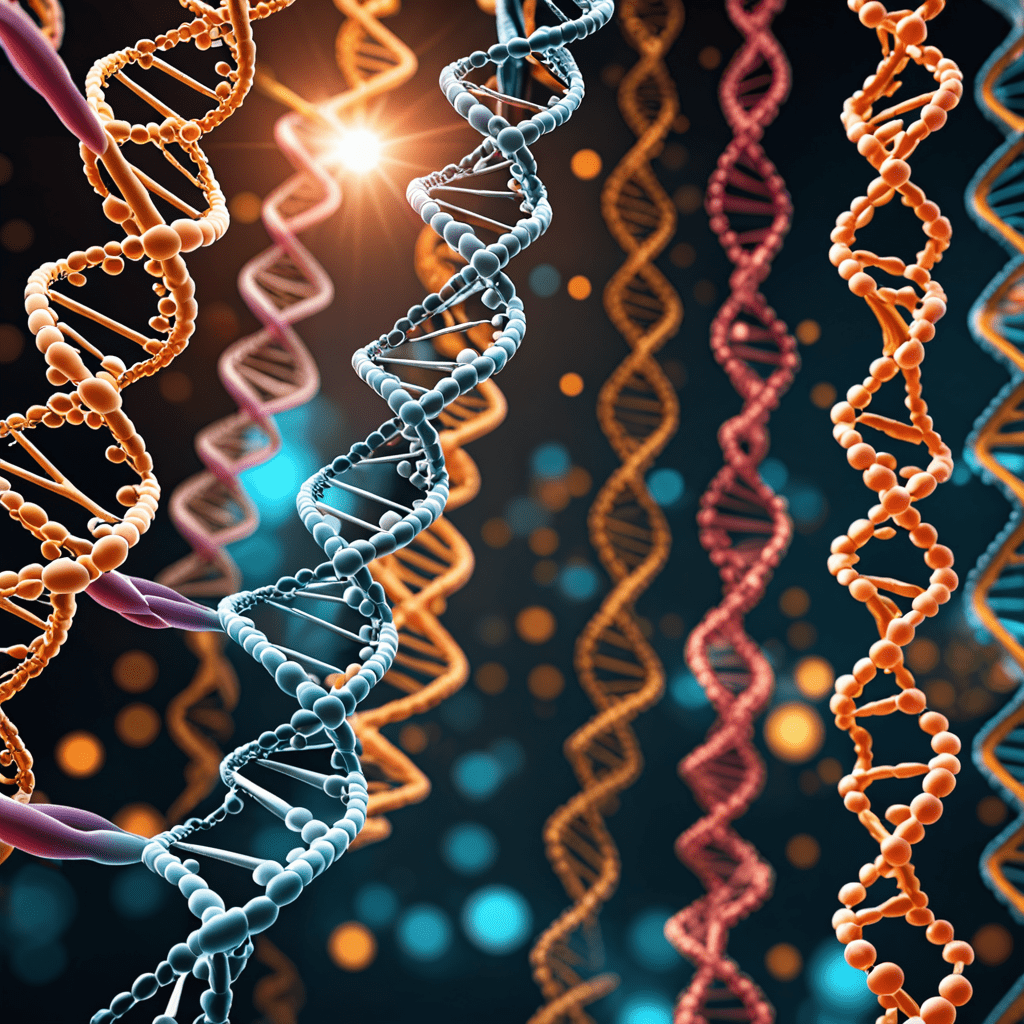Unraveling Crime Mysteries: The Impact of DNA Technology in Forensics
When it comes to solving crimes, DNA technology has revolutionized the field of forensics. From identifying suspects to exonerating the innocent, the utilization of DNA has significantly impacted crime investigations. Let’s delve into how DNA technology is used in forensics and its profound implications.
The Basics of DNA
DNA, or deoxyribonucleic acid, is the genetic material that carries the instructions for the development, functioning, growth, and reproduction of all known living organisms. In forensic investigations, DNA analysis involves identifying and comparing the unique DNA profiles present in bodily fluids, tissues, and hair.
Collection and Preservation of DNA Evidence
Forensic experts collect DNA evidence from crime scenes, victims, and suspects, and then preserve it to maintain its integrity for analysis. The meticulous process involves ensuring that the evidence is not contaminated and remains viable for examination, which is crucial for accurate results.
DNA Profiling and Matching
Once DNA samples are extracted, forensic scientists analyze the genetic markers within the DNA to create a unique profile. This profile is then compared to DNA databases to identify potential matches with known individuals or other crime scenes.
Application of DNA Technology in Solving Cold Cases
Advancements in DNA technology have enabled the reopening and resolution of cold cases—long-unsolved crimes—by comparing DNA evidence to updated databases or implementing innovative techniques to extract and analyze aged or degraded DNA samples.
Challenges and Future Developments
Despite the significant strides in DNA technology, challenges persist, such as the potential for human error, limitations in degraded or mixed DNA samples, and privacy concerns. Nevertheless, ongoing research and technological advancements continue to enhance the reliability and efficiency of DNA analysis in forensics.
FAQ: Understanding DNA Technology and Forensics
To wrap up, let’s address some common questions about DNA technology in forensics:
- Q: How accurate is DNA evidence in solving crimes?
- A: DNA evidence is highly accurate, with the likelihood of a random match occurring by chance being incredibly low.
- Q: Can DNA be used to determine familial relationships?
- A: Yes, DNA testing can establish familial relationships, aiding in paternity cases and identifying missing persons.
- Q: What happens to DNA evidence after a case is closed?
- A: DNA evidence is often stored in secure facilities in case of potential reevaluation or the need for future comparisons.
- Q: Are there regulations governing the use of DNA evidence in investigations?
- A: Yes, strict protocols and regulations are in place to govern the collection, analysis, and storage of DNA evidence to ensure accuracy and ethical use.


